LP 28/2021 The 2021 Concentrated Inspection Campaign on Ship’s Stability in General
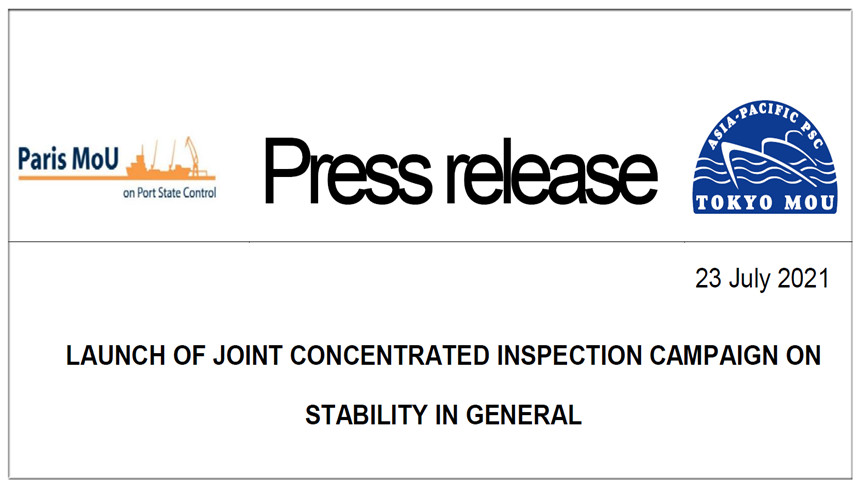
Some common deficiencies found during PSC inspections on a ship’s operation or safety management represent significant risks and may even give rise to catastrophic safety or pollution incidents. Serious consequences have been caused in recent years for lack of proper stowage devices or stability information on ships. The Concentrated Inspection Campaign (CIC) on Stability in general developed by the Tokyo and Paris MoUs was scheduled for 2020 but was postponed for one year to the second half of 2021 due to the COVID-19 pandemic.
I. The 2021 CIC on ship’s stability in general
The Member Authorities of the Tokyo and Paris MoUs on Port State Control announced on 23 July 2021 that a joint CIC on Stability will be held for three months, commencing from 1 September and ending 30 November. The Black Sea, Indian Ocean, Mediterranean, Riyadh and Vina del Mar MoUs will join this initiative, whereby the Caribbean MoU, US Coast Guard and AMSA have their own CIC or local inspection campaigns. The purpose of the campaign includes:
- to confirm that the ship’s crew are familiar with assessing the actual stability condition on completion of cargo operations before departure of the ship and on all stages of the voyage;
- to create awareness among the ship’s crew and owners about the importance of calculating the actual stability condition of the ship on completion of cargo operations and before departure of the ship;
- to verify that the ship complies with intact stability requirements (and damage stability requirement, if applicable) under the relevant IMO instruments.
During the period of the campaign, each ship will be subject to only one inspection under this CIC. If deficiencies are found, actions by the port State may vary from recording a deficiency and instructing the master to rectify it within a certain period of time to detaining the ship until the serious deficiencies have been rectified. In the case of detention, publication in the monthly detention lists of the Tokyo and Paris MoU websites will take place.
Further, it is expected that the Tokyo and Paris MoUs will carry out approximately 10,000 inspections during the CIC, but this is subject to any developments during the current COVID-19 pandemic. All inspections carried out will be subject to ongoing health and safety requirements in individual port States. The results of the campaign will be analysed, and findings will be presented to the governing bodies of both MoUs for submission to the IMO.
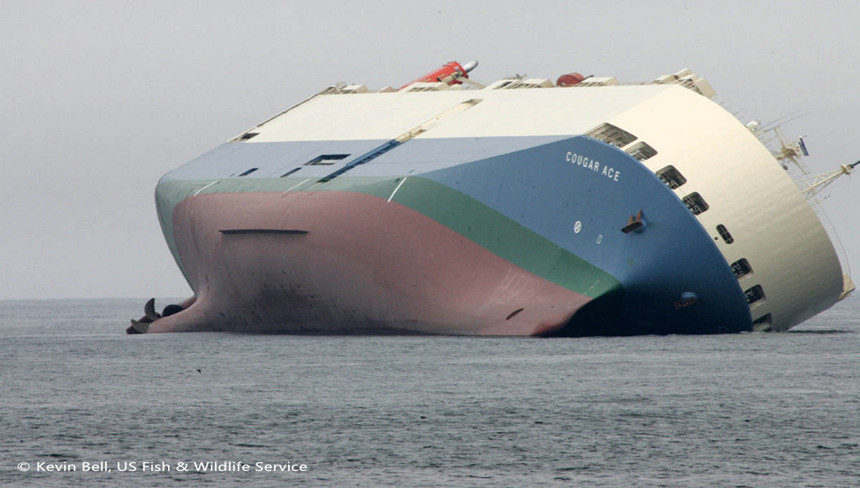
II. Questionnaire for the CIC on ship’s stability in general
According to the announcement, PSCOs will use a pre-defined questionnaire to assess that information and equipment provided onboard complies with the relevant conventions, that the master and officers are familiar with operations relating to stability (in general) and that equipment is properly maintained and functioning.
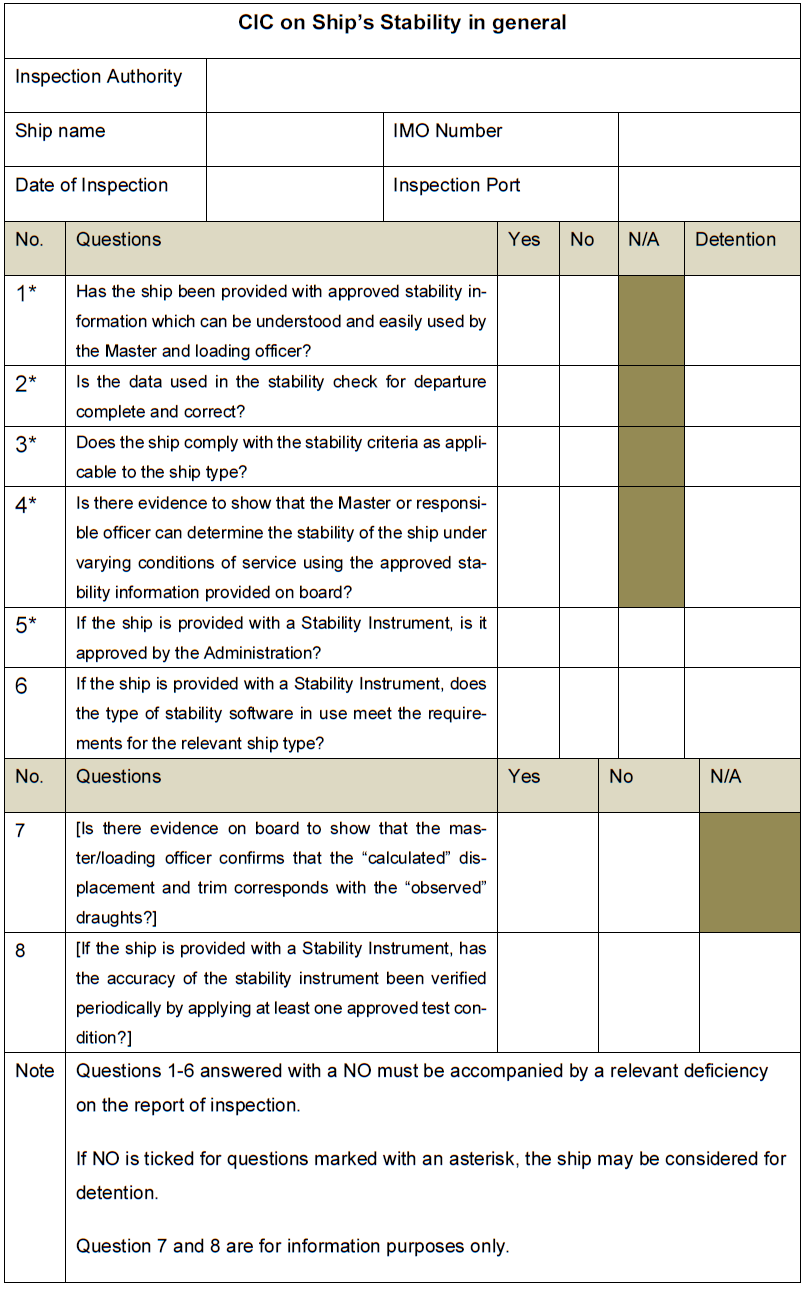
In addition to above questionnaire items, the PSCOs might ask masters to show and explain the stability calculation for the current voyage. If the stability-related deficiencies are reoccurring, they are most likely to affect the Safety Management System and can trigger an ISM related deficiency. Therefore, the upcoming CIC may be considered as an initial PSC inspection. Where the PSCOs have a reason to point out a serious deficiency, a further inspection may be carried out to check more specifically on the damage control plan, hatch covers, watertight compartments, water ingress detection systems and others.
III. Interpretation of the Questions
- Stability information
The basic stability information of a ship includes the stability information booklet, tank capacity chart, Cargo Securing Manual, damage control chart and plan, and ballast management plan, which should all be stamped on the cover by the Administration or an approved Classification Society. These documents should be kept on board in a good condition without any missing or damaged pages. Apart from the officer who is in charge of cargo stowage (normally the chief officer), the master should also be familiar with calculation of stability to cope with questions or requirements by the PSCOs. Any changes to the ship’s structure, like the installation of scrubbers or sails or removal of deck cranes, or any non-typical service condition in previous voyages should be recorded in the loading manual.
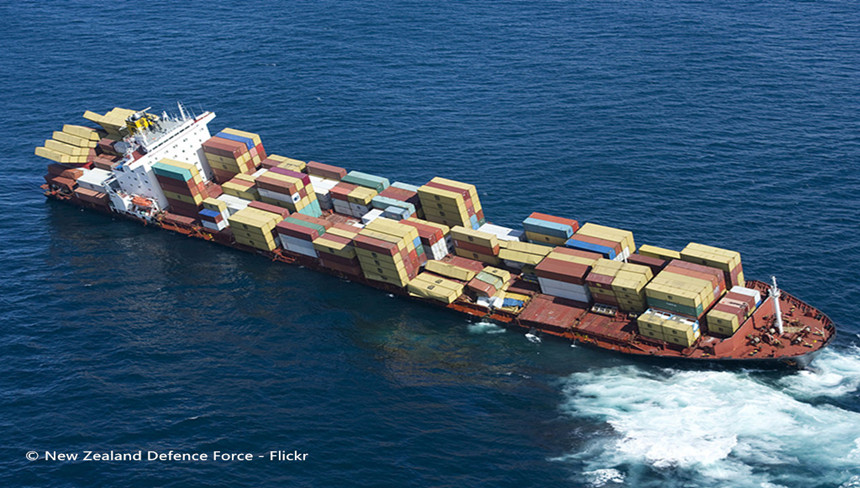
- Stability calculation for departure
The stability calculation result before departure of the ship should be duly kept on board. Masters and officials in charge of cargo stowage should make sure that the data (lightweight, cargo weight and distribution, stowage factor, free surface moments) to be used in the calculation are correct and supported by relevant documents.
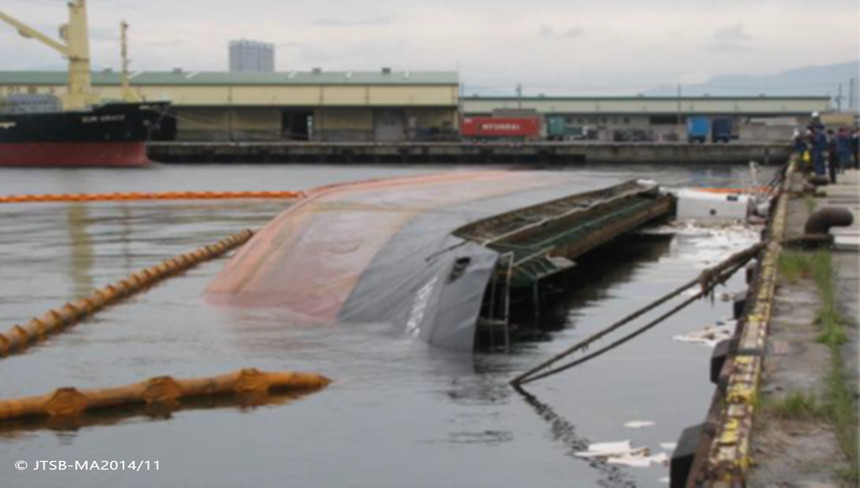
- Stability criteria for the ship type
The stability report for the upcoming voyage and previous voyages should comply with the stability criteria as applicable to the ship type, including requirements for intact stability and damage stability.
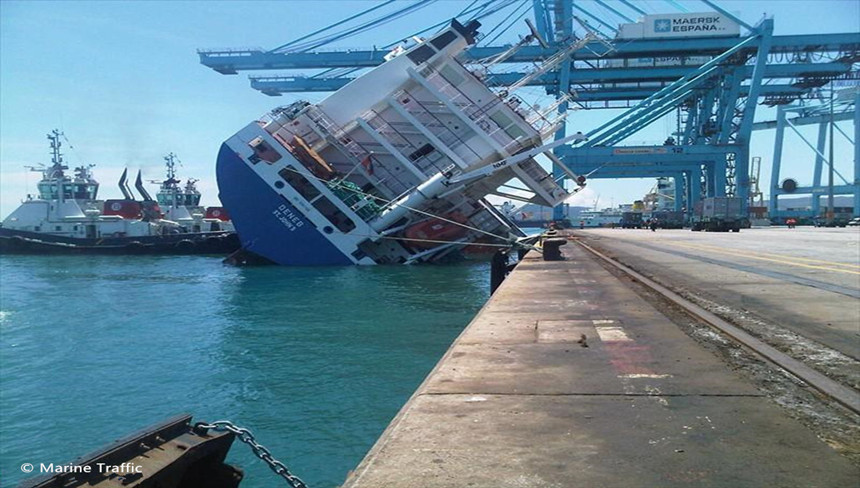
- Familiarisation with stability calculation
The master and responsible officer should be familiar with the use of the stability instrument and the ways to verify its accuracy under different conditions of service. Targeted training records should be maintained, and the ship is very likely to be detained if the master and responsible officer fail to show familiarity with the stability information.
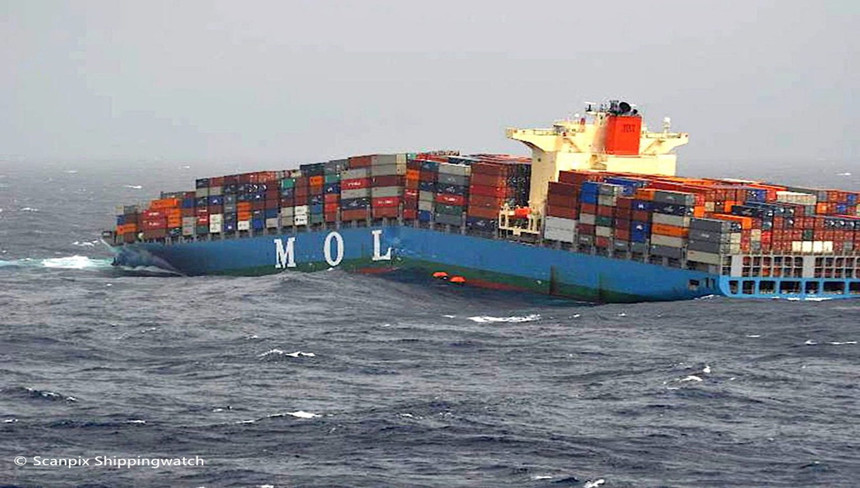
- Approved stability instrument
The stability instrument fitted should be approved by the flag administration or a recognised classification society with the Document of Approval hereby issued available onboard.
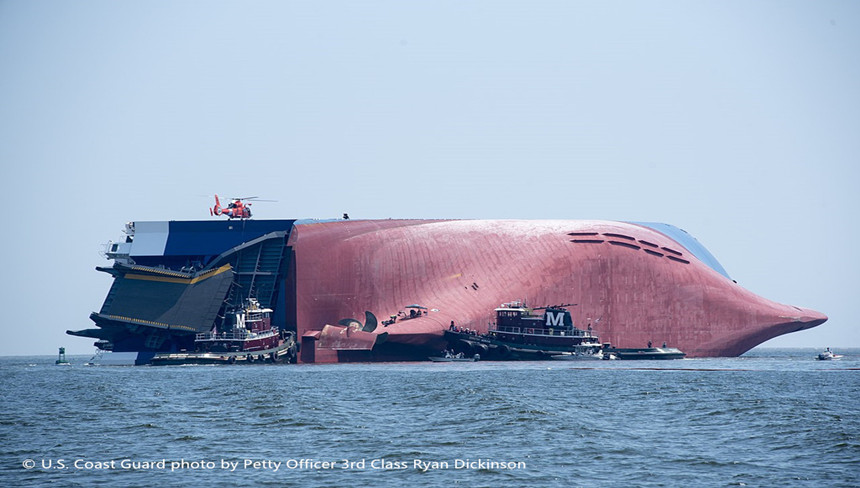
- Stability software
The approved stability software in use should meet the requirements for such ship type as tankers, bulk carriers, containerships and passenger ships. Instructions will be provided in the user’s manual for the specific ship type.
- Draught observation
The loadline mark and draught mark are important to verify the loading condition of a ship. To ensure the accuracy of stability calculation, the calculated displacement and trim should be confirmed against the observed draught during loading or unloading. Should an indicator be fitted on board, whether the indicator can be referred to verify the ship’s stability should be clarified.
- Stability instrument verification
The stability instrument fitted onboard can be vulnerable to virus infection and data manipulation even with an antivirus software installed. Hence, the accuracy of the system should be verified periodically (normally once every three months) by applying one or several approved test condition. The records should be maintained and compared with those in the loading manual and repeat the process in the event of any discrepancies.
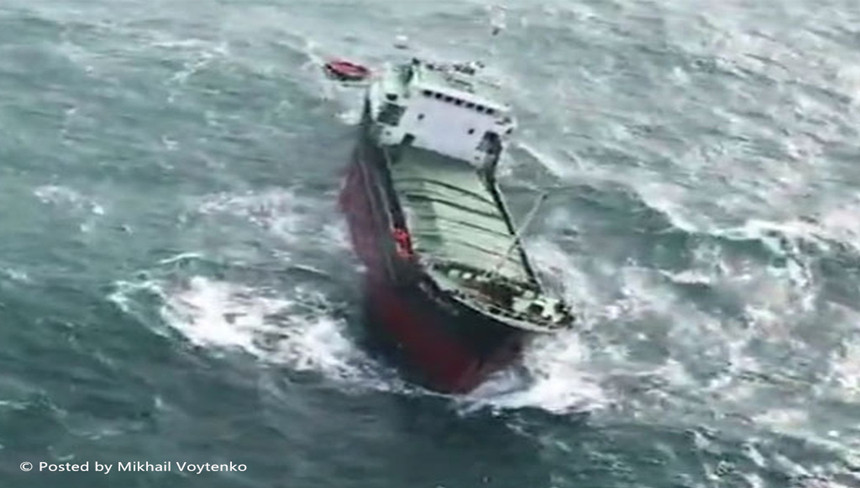
IV. Advice to Members
By comparing the results of CIC in the past eight years by Tokyo MoUs, the Association has found that, except for the time in 2016 when inspections were carried out to focus on cargo lashing and securing, the CIC was conducted 8,300 times annually on about 7,400 ships, and an average of 250 ships were detained with the detention rate standing at about 3.4%. The statistics has indicated that companies and masters should attach great importance to the CIC this year, especially with remote inspections becoming the alternative during the COVID-19 outbreak.
Therefore, the Association would like to stress it once again that stability is the most important prerequisite to ensure the safe operation of a ship. The calculation of stability under varying conditions should comply with the requirements of the Administration and have the stability information properly documented. The CIC might be a good opportunity for everyone to learn more about ship stability for safe operation of ships and also successful PSC inspections.
For more information, please contact Managers of the Association.
